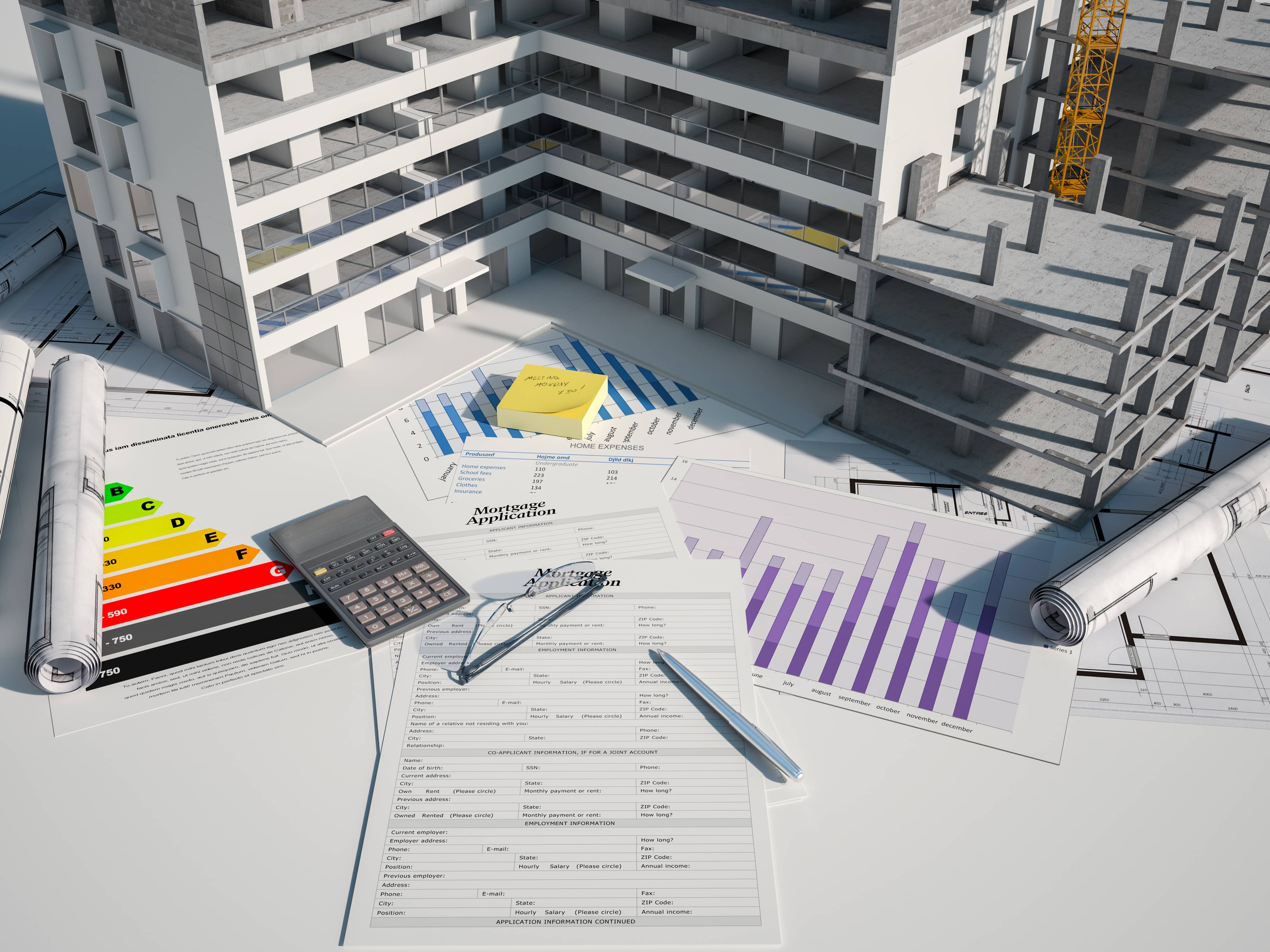In the construction and real estate world, success always hinges on the question of what hard costs vs soft costs are. From large to small, both types of costs play a significant role in the overall budget.
The important thing to remember is that each type requires different methods for estimating and managing construction expenses.
Soft Costs in Construction
Planning and Administration
Pre-construction phase costs such as getting building permits and approvals, carrying out feasibility studies, producing design documents, and hiring architects and engineers, all involve these kinds of costs.
It involves obtaining all sorts of permits and approvals in order to navigate through the labyrinth of government agencies. You have to submit detailed plans and pay various fees.
As for feasibility studies, it means researching and analyzing extensively. This provides a project’s viability with factors such as market demand, cost projection, and potential risks. Only through such meticulous planning and administration will a construction project succeed.
Legal and Real Estate-Related Costs
Real estate and legal costs include property surveying, title searches, zoning analysis, and contract preparation. These costs are necessary in order to obtain the required land or property rights as well as to protect the project from potential legal disputes.
For example, proper surveys are necessary to correctly establish the limits of the land and define its characteristics to ensure that construction is conducted in the right territory.
Title searches are performed to confirm ownership and identify any liens or encumbrances that may affect the project. An analysis of zoning specifies whether the proposed construction conforms with local regulations.
Insurance Costs

Insurance is a must-have for any construction project—it’s like your safety net against all kinds of potential issues. Whether it’s accidents, liabilities, or unforeseen events, having coverage is key.
Builders risk insurance, for instance, covers damage or loss to the construction site and materials from the commencement through to the end of construction. On the job site, workers’ compensation insurance takes care of employees’ injuries caused by accidents. Meanwhile, professional liability insurance guards against claims emerging from errors in design and engineering
Management of Property Expenses
Costs for managing a property include leasing fees, property taxes, marketing expenditures, and continued facility maintenance. These come under soft cost because they are not directly related to physical construction, but are still necessary in managing or running the property for the long term.
Leasing fees take care of all the nitty-gritty stuff involved in getting tenants for the property—think advertising, screening, and hashing out lease agreements. Property taxes are what keep the local community ticking, helping out with things like roads and schools.
Marketing expenses are there to drum up interest from potential tenants or buyers, making sure the property stays profitable. And then there’s ongoing maintenance, which is all about keeping the place spick-and-span with regular repairs and upgrades.
All these property management costs are indispensable for squeezing out maximum profitability from the property, and it’s part of understanding the difference between soft costs vs hard costs. By investing in these soft costs, an operator can sit back and watch the money roll in from their real estate holdings.
Looking for experienced general contractors in Las Vegas? Reach out to us today for top-notch construction management tailored to your needs!
Hard Costs in Construction
Hard costs, in contrast to soft costs, are direct expenses resulting from the physical construction of buildings or structures. These costs involve materials used in construction; construction labor; fixtures of interior- and also exterior structures; and equipment required for this process. Let’s take a closer look:
Materials Used in Building
Raw materials for construction, such as concrete, steel, lumber, windows, and flooring comprise a considerable portion of hard costs. The quantity and quality of these items can greatly affect both the project budget as well as ultimately whether or not you are satisfied with your final product.
Construction Labor
Hard costs also include the expenditures needed for construction, from skilled labor to unskilled labor. Wages, salaries, benefits, and training costs compromise this category of expenses for all workers from carpenters to plumbers and electricians to general labor.
Fixtures for Interior Spaces
Fixtures such as lighting, plumbing fixtures, cabinetry, and finishes are installed directly into the building and are thus considered part of its hard costs. These fixtures are also important for the function, interior decoration, and overall feeling of the inside spaces.
Equipment
To complete construction tasks efficiently, one must have the right equipment. Construction equipment, including cranes, excavators, loaders, and power tools, can all be seen as essential items. The overall hard costs of the project include the expense of buying or renting this equipment.
Seeking value engineering services for your project? Don’t hesitate to contact us for expert advice and support from our skilled team of professionals!
Hard Cost vs Soft Cost Construction
In construction and development projects, it is of crucial importance to understand the difference between hard costs vs soft costs. Hard costs pertain to the physical construction process directly; whereas soft costs are primarily indirect in nature.
It is only through accurately estimating and controlling these two kinds of costs that construction professionals can make sure that projects are done on time, within budget, and to everyone’s satisfaction.
Tips for estimating construction costs

Estimating construction costs with keen accuracy is the key to allocating appropriately and ensuring that budgeting is effective. Here are a few tips for construction professionals to estimate costs more effectively:
- Carefully go over the project plans and specifications to determine the necessary supplies, labor, and equipment.
- Always try to get multiple quotes from suppliers and subcontractors to ensure competitive pricing.
- Take into account any potential unforeseen condition and difficulty that might arise in construction and therefore provide a contingency amount to cover such risks.
- In order not to be caught off guard, cost estimates must be regularly reviewed and adjusted as circumstances change.
- All construction cost estimates, big or small, software tools can smuggle efficiency into the estimation process and improve it.
Get in touch with us now to explore our comprehensive design-build services in Las Vegas and construction management expertise!
To Sum Up
To sum up, understanding the difference between “hard costs” vs “soft costs” is important in any construction project. Skillfully managing soft costs such as planning, administration, legal fees and expenses, insurance, and property management, and realistically estimating hard costs like materials costs, labor, fixtures, and equipment, is critical for project success.